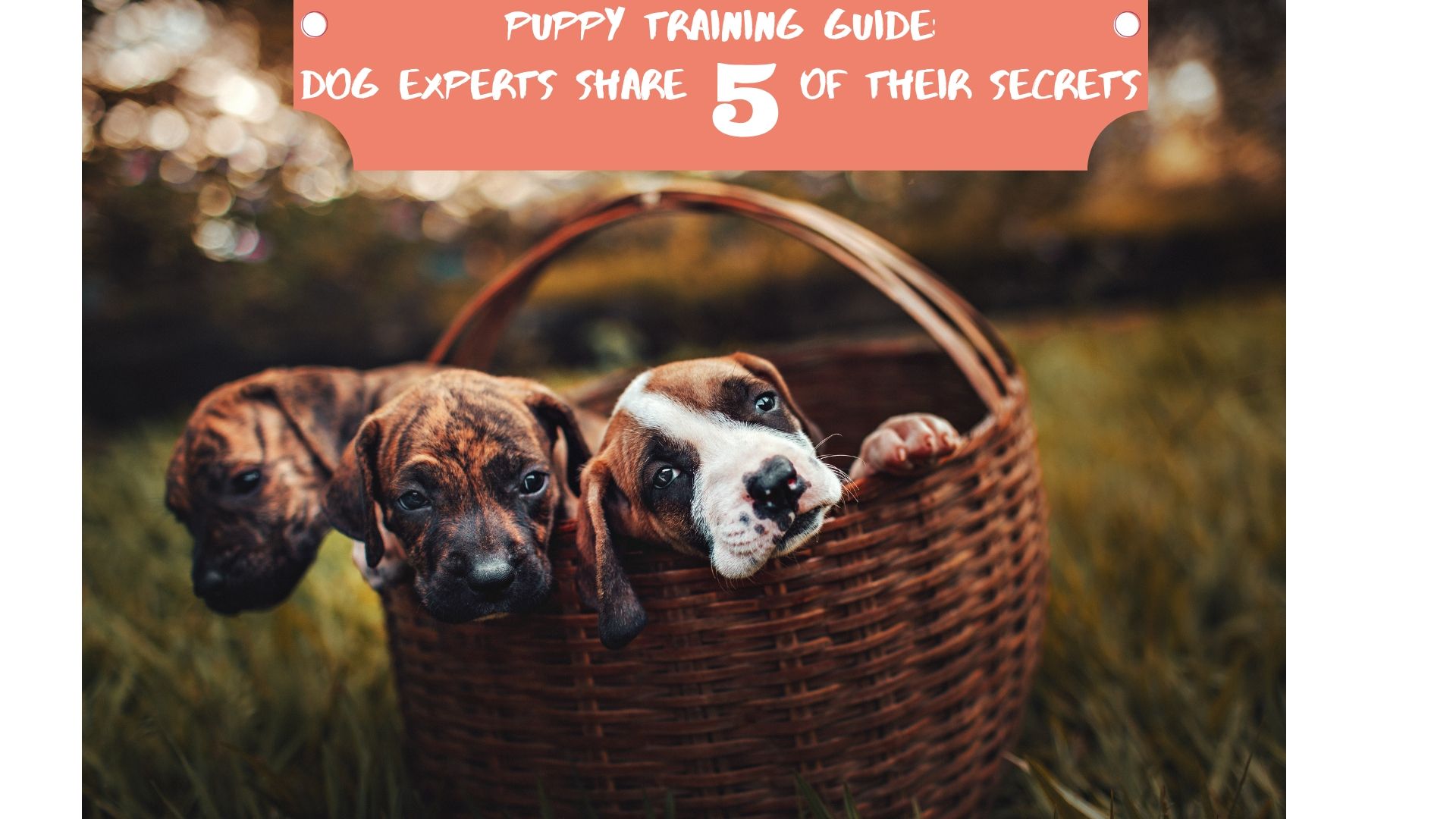Anything that ends up being glorious started with enduring and surviving a ship of hardships that is just as big as, if not bigger than Noah’s Arc! Unfortunately, puppyhood isn’t a normally to this reality. However, by following and implementing a puppy training guide, life is going to be so much easier.
The greatest things in life are unfortunately not free. I am not talking moneywise. Shouldn’t we consider time and energy as valuable assets as well? After all, time is gold! However, our puppies are so precious are absolutely worth it!
In today’s post, I am going to share with you five secrets the dog experts recommend to have in any puppy training guide.
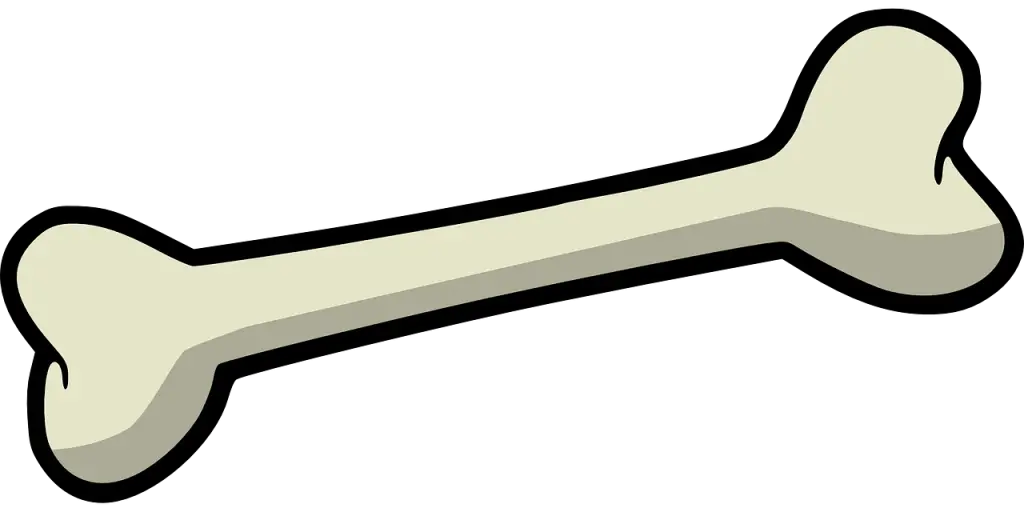
Table of Contents
Puppy training guide secret number one
Start with the human in the mirror.
If you want to make the world a better place. Take a look at yourself and then make a change. – Micheal Jackson
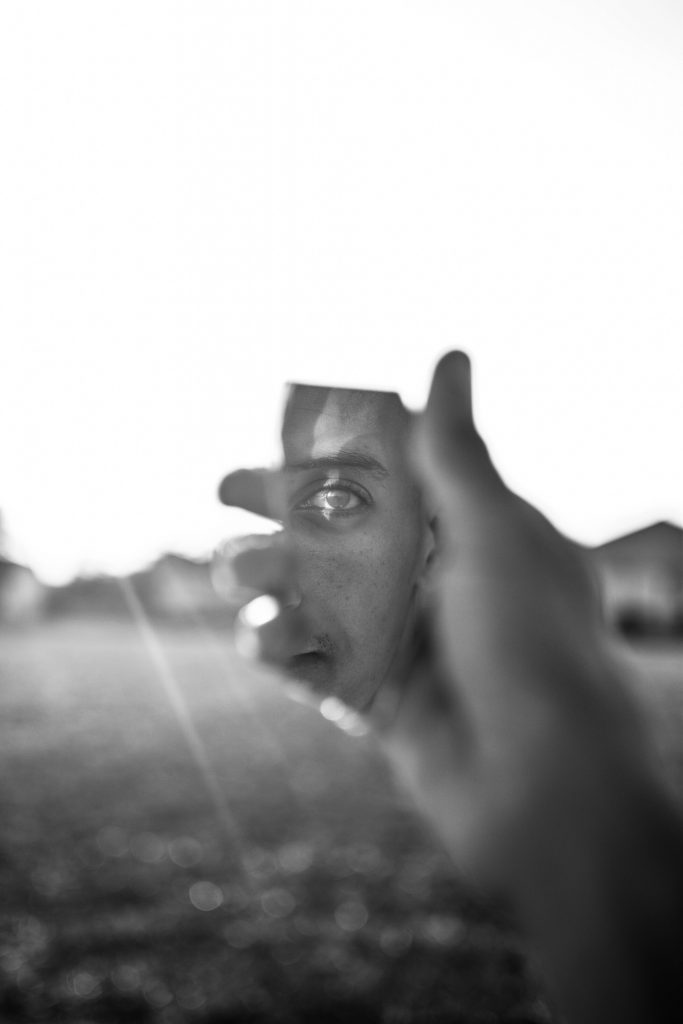
Like any other type of relationships, one must start by changing a couple of habits that need some improvements before they go around and start pointing their fingers and demanding others to change.
So before you start demanding instant change in your puppy’s behaviors, which by the way isn’t possible, start with changing the way you react to undesired events.
The Puppy training guide tip that all pet owners should implement; aka, patience!
Before you roll your eyes at me, allow me to explain. I always try to bring up patience in any puppy training conversation I have. I know how it seems to be such a mundane cliche, but it is true. Here are my reasons.
Patience is, indeed, a virtue. Not only is it that, but it is actually one of the most essential building blocks and foundations of any puppy training guide. This is how you guarantee that your puppy is going to be well trained when they’re a bit older.
This is a habit that is hard to build, but it will come in handy throughout every single step you take with your puppy while following any puppy training guide! You’ll especially need it while implementing the puppy training guide’s second secret.
You can start learning how to achieve mindfulness by listening to podcasts but most importantly you should start practicing it. You can do so by meditating and practicing yoga for mindfulness.

There are a lot of yoga instructors on youtube who have videos on yoga for meditation and yoga for mindfulness, so figure out which instructor you like best and start practicing.
And don’t worry, some yoga videos are under fifteen minutes, so you’ll be able to find some time in your busy schedule to practice mindfulness daily. I highly recommend checking Yoga with Adriene’s youtube channel because, in my opinion, she is one of the best yoga instructors on YouTube.

Puppy training guide secret number two:
Positive reinforcement is the way to go
Positive reinforcement is the number one training tool all dog experts recommend. Unlike the old methods that were used decades ago, positive reinforcement is not a cruel method of training.
It is in fact, a very safe tecnique that even puppies who are just eight weeks and older can be trained to do almost anything via this fantastic training method.
Okay, but what is Positive reinforcement?
Positive reinforcement is a form of behavioral training that aims to teach and train dogs. You can implement positive reinforcement by praising your puppy and rewarding them when they do something good, but turning a blind eye when they engage in or display undesired and bad behavior.
I know, the second half of the positive reinforcement is a hard pill to swallow. That is why I started this puppy training guide with patience being the first tip. Puppy training is not only hard on the puppies, but it is also tough on us pet owners.
Never resort to yelling or even hitting your dogs. Any sort of physical punishment is animal abuse! I don’t care if they broke your great grandma’s vase or pooped on your new carpet.
The first few weeks of puppyhood are going to be tough, but that doesn’t mean that this gives you the right to take your frustrations on your puppy.
That is why we need to be in a mindful state of mind as much as possible to train our dogs in a healthy, nontoxic way that is going to make them bond and trust us instead of being afraid of us.

Puppy training guide secret number three
Break the language barrier!
Unfortunately, we don’t speak the same language as our dogs. We don’t even have some sort of access to a human to doggish or doggish to human translator, so how can we make them understand what is considered to be an acceptable behavior, and what isn’t?

This is also one of the reasons why you should never yell at your puppy. They won’t understand what you’re saying; however, they will register the anger and frustration in your voice, which could make them feel scared of you.
Yelling at them would make them grow to be wary and frightened of you, and any sort of trust that was previously built is going to disintegrated and disappeared in the vast sea of uncertainty and fear.
But how could we make them understand then if words have zero impact in puppy training? Well, I never said that it has no impact.
Words are actually very powerful, even in dog training. On its own, it doesn’t stand much chance. However, if combined with body language and emotion, the results will blow your mind.
This can be easily seen in a scenario where your puppy is attempting to bite you. If they bite you and you say no, whimper, pretend to be sad and turn your back, then they’re going to understand that they’ve hurt you.
How? Because dogs use these tactics when they’re playing with each other.
If a puppy gets hurt while playing with other puppies, they will whimper and stop playing. The other puppies will understand that they’ve hurt their friend, and thus stop playing so roughly with the hurt puppy.
Thus, your go-to recipe for building a sturdy bridge of communication involves the concoction of using spoken words, emotions, and actions.
With this powerful spell, you’ll be able to effectively break through the language barrier and form a strong bond with your precious four-legged best friend.

Puppy training guide secret number four
Potty Train your puppy early.
The earlier you start training your puppy, the better and quicker you’ll be able to reap the fantastic results.
Speaking of early, when should you start training your puppy?
I bet you are curious why I recommended you start training your puppy via positive reinforcement when they’re eight weeks and up, and not anytime earlier.
If I am saying that the earlier you start, the better the results, then why not start when they’re even younger than eight weeks old?
Well, it is illegal in most states to adopt a puppy that is younger than eight weeks old. However, legality isn’t the only issue standing in front of this age dilemma.
You see, if puppies get separated from their mothers and their nests before they turn eight weeks old, they’re probably going to grow up with behavioral and mental issues.
In case you rescue a puppy, and you’re unsure if you should start potty training them or not, then you should take them to the vet. P.S: You should take the rescued puppy to the vet anyway as soon as possible.
The vet will then give you the green light to go ahead and start training them right away, or they’ll let you know how long you have to wait before you begin any form of puppy training.
How to potty train your puppy
Like I said earlier, the first few weeks are going to be tough, and unfortunately, you’ll often see poop in different spots around the house during that period.
That is why it is crucial to always recall that you should be in a mindful state and remember to always practice positive reinforcement.
Let us start with one of the most essential potty training questions, which is how frequently I should take my puppy outside to the bathroom?
Luckily, there is a straightforward way to figure this out. All that you have to do is take the puppy’s age in months and voila! That number is the number of hours you have to wait before taking your dog outside to the bathroom again.

To create a range, just take that number and add one hour to it. This means that you’ll have to take your puppy outside to the bathroom every ( their age in months to their age in months plus one) hours.
Let me give you an answer using real numbers. Let us say your puppy is three months old; this means that you’ll have to take them to the bathroom every three to four hours. However, kindly note that this little conversion formula isn’t going to work forever.
Once your puppy turns eight months old and above, the frequency becomes constant at needing to go to the bathroom every eight hours.
If you’re wondering how you’re going to take your puppy to poop every three hours at night while you’re sleeping, the answer is setting multiple alarms throughout the night.
Yes, you’re not going to have a good sleep for a couple of weeks, but at least your puppy is going to be potty trained soon.
Things won’t be so hard if you live with a roommate or a partner because you’ll be able to assign shifts. This way, you might only have to wake up once or twice during the night, depending on how old your puppy is.
Now that you know how often you should take your puppy outside so they can go pee and poop, let us about other scenarios that could influence their bathroom schedule.
You should take your puppy outside to the bathroom as soon as they wake up, right before they go to bed, and within ten minutes after every single meal they eat.
Finally, let us talk about the potty puppy training guide briefly.
Always take your puppy to poop outside the house at the same exact spot every time.
Using a trigger word or phrase just before you take them outside to their bathroom spot. ( Remember our concoction of verbals words and action). Your trigger word could be ( Bathroom), or your trigger phrase could be ( Time to potty).
Implement the first half of the positive reinforcement definition and reward your four-legged best friend with treats after they successfully poop at their designated spot outside of the house.
You can limit your puppy’s access in the house to only certain rooms. This way, any mess they create will be contained within those parameters instead of having poop in every single place all over the house.
If you’re also crate training your puppy, potty training is considered to be a part of that as well. For more information about crate training a puppy, check out my How to Crate Train A Dog | The Ultimate Guide blog post.
If you want to learn more about puppy potty training, then check out my How Long to Potty Train a Puppy and 4 Other FAQ blog post.

Puppy training guide secret number five
Encourage your puppy to explore the world.
I know our first instincts tend to be to shield our puppies from anything and everything that stresses and scares them. However, some sources of fear should and could be overcame with a little bit of encouragement and a room for exploration.
I have previously talked about three different sounds that dogs hate and fear, and the sound of a vacuum is one of them.
Unlike other sounds like the sound of fireworks and thunder, the sound coming from a vacuum can be sourced and even controlled. You can encourage your dog to explore and grow to be less intimidated by the vacuum via the following steps.
Keep the vacuum in an open area instead of storing it in a closed space. This should encourage your dog to explore view the vacuum as something that isn’t a threat.
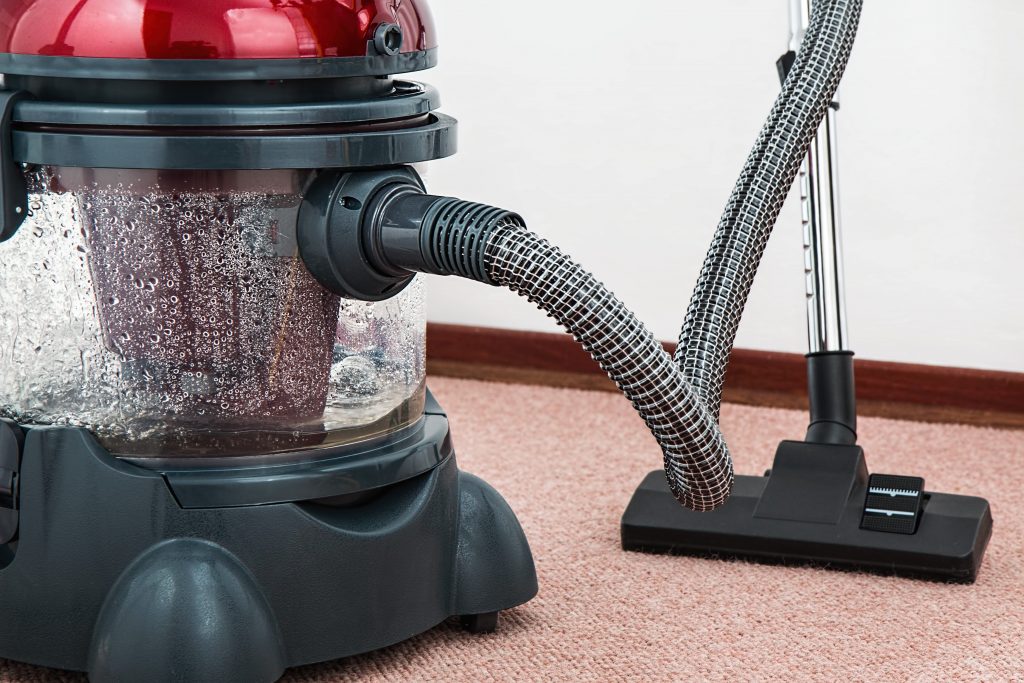
Place the vacuum horizontally instead of having it left standing vertically. This makes the vacuum appear not to be so huge, and thus not as intimidating.
Encourage and reward your dog by placing some yummy treats and a couple of your dog’s favorite toys on the vacuum. This should make them get even more comfortable around the vacuum.
After your dog gets used to the vacuum when it is not working, you should move on to the next phase of this process. Turn on the vacuum for a few seconds, then turn it off. It is normal for your dog to still feel scared of the sound the vacuum makes. But unlike the fear they felt previously, that fear is now accompanied with curiosity.
Now, turn on the vacuum on again, lay it horizontally on the floor in case it was still standing vertically and walk away, leaving the vacuum lying idly on the floor.
As seconds and minutes pass by, your dog might let the curiosity become stronger than their fear and thus start walking towards the vacuum slowly and cautiously.
You could use positive reinforcement here once again to encourage and reward their curiosity by leaving a trail of treats that is going to lead your puppy to a bowl that is full of treats that is located next to the vacuum.
This is going to encourage your dog, even more, to continue taking such brave little steps towards being less intimidated and terrified of the vacuum’s noise.
Note that your puppy will still find the noise to be super annoying and intimidating because the sound the vacuum produces has a high frequency, so it is even more irritating to your dog’s ears than yours.
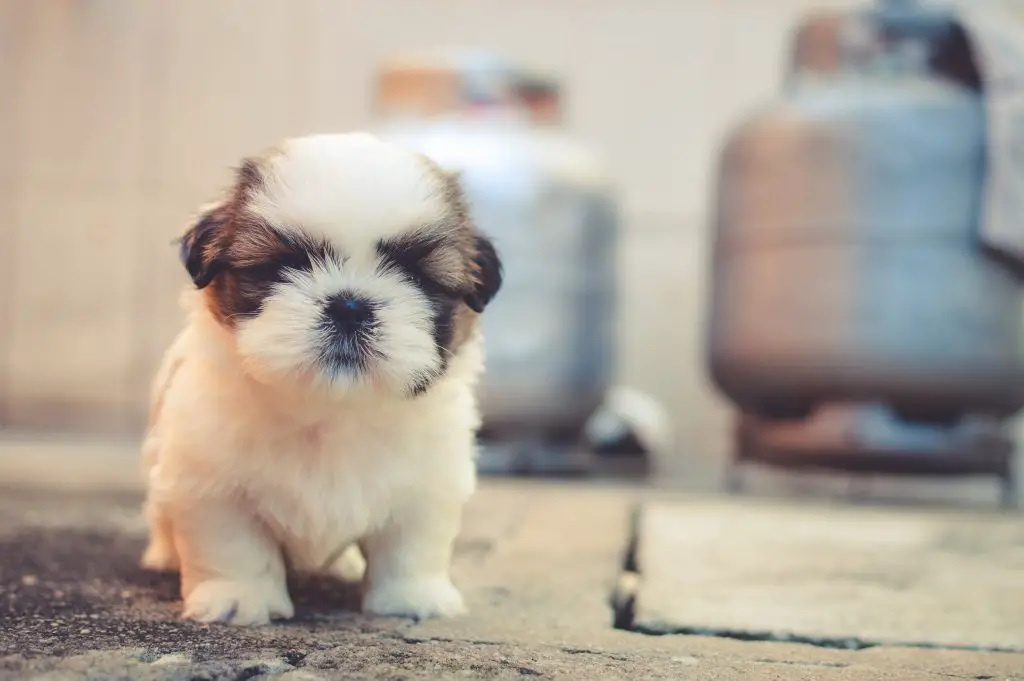
However, they will grow to be not so afraid of the vacuum, which in its own, is a fantastic progress.
Of course, making your dog less afraid of ordinary things isn’t the only thing you and your dog could benefit from if you encourage them to explore the world that they live in. However, I believe this case showcases how important this puppy training guide tip is.
If you’re interested in learning more about how to deal with your dog when they’re scared of certain noises, then I highly recommend you check out my 3 Sounds Dogs Hate And How to Deal with That blog post.

That’s it for today’s post. You should now know the basics of puppy training. If you are a newbie and are struggling with all of the puppyhood basic training, then leave your questions in the comments down below.
We probably have your questions answered on our blog, and we would be more than happy to redirect you to those posts. If we haven’t discussed your concerns yet, we’ll reply to you in the comments or in the form of a blog post as soon as possible.
If you’ve already went through this phase, kindly leave your experiences and personal tips and tricks in the comments down below as well.

